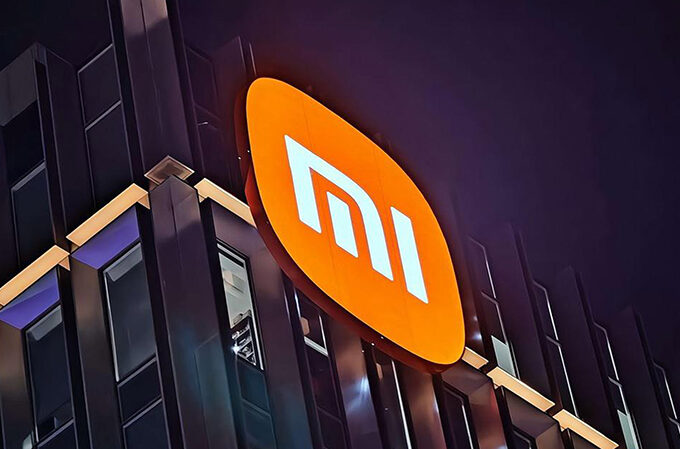U.S. Commerce Secretary Lutnick recently reiterated his aggressive chip industry policy, the core goal of which is to significantly increase domestic chip manufacturing capabilities in the United States to reduce reliance on overseas supply chains. He specifically addressed Taiwan’s dominant position in global chip manufacturing by proposing a so-called “50/50 split” production strategy.
U.S. Chip Strategy
In the interview, Lutnick reiterated his hope for a trade agreement with Taiwan and continued to promote his “50/50 split” chip production strategy. He envisions that half of the world’s most advanced chips will be produced in the United States and the other half in Taiwan. He acknowledged that currently, as much as 95% of advanced chips used in mobile phones and cars rely on Taiwan for manufacturing, and Taiwan’s geographical distance from the United States poses a national security risk.
Lutnick directly linked chip self-sufficiency with Taiwan policy, suggesting in the latest remarks that the United States provides protection for Taiwan, and that Taiwan therefore needs to help the United States achieve “reasonable self-sufficiency.” He claimed that after achieving a 50-50 split, while the United States would still rely on Taiwan’s other half of its production capacity, its own 50% would give it the “ability to take necessary action” in times of crisis. This statement attempted to tie chip production capacity to geopolitics and exert pressure on Taiwan.

The 50-50 Proposal
Lutnick set a challenging goal for his term: to significantly increase the share of domestically produced chips in the United States from approximately 2% when he took office to 40%. He acknowledged that this would require a massive investment of over $500 billion and the development of a complete supply chain, making it an “almost impossible task.”
However, the United States faces severe practical obstacles in its pursuit of chip localization. TSMC, the world’s leading chip manufacturer, has already highlighted numerous challenges with its factory construction in Arizona. TSMC executives have pointed out that the United States lacks the right infrastructure, efficient administrative approval processes, and a strong labor culture. TSMC founder Morris Chang asserted as early as 2021 that the incomplete supply chain and high production costs in the United States made localized manufacturing difficult to succeed.
Ambition vs. Reality
To achieve its goals, the Trump administration is considering a variety of tough policies. On the one hand, Lutnick has proposed a new proposal that could convert funding from the CHIPS Act into equity in recipient companies (such as Intel and TSMC) rather than grants, thereby requiring American taxpayers to “share a share” of successful companies.
On the other hand, a more controversial measure the US government is considering would require chip companies to maintain a 1:1 ratio between the amount of chips they produce domestically and the amount they import, with persistent failures to meet these requirements facing tariff penalties. This policy aims to directly reverse the flow of industry, but industry analysts believe that implementation is extremely difficult given the cost advantages of overseas manufacturing and the difficulties of adjusting the US supply chain.

Geopolitical Reshaping
The “chip reshoring” strategy, consistently promoted by two US administrations, has taken on a stronger protectionist and geopolitical tone in Lutnick’s rhetoric. His proposed “50/50 split” concept goes beyond simple industrial economics and poses a direct challenge to the existing global chip industry landscape. However, behind these ambitious goals lie a series of practical obstacles that are difficult to overcome in the short term, including cost, supply chain, and cultural differences. The chip manufacturing industry, the core of the global electronics industry, is facing significant uncertainty from US policies, potentially reshaping the future global supply chain landscape.












